8mm f/3.5 Fisheye Lens Review
This real-world Rokinon 8mm fisheye lens review features sample photos and my opinions of this budget lens that is sold under multiple names (Rokinon, Samyang, Bower, Pro-Optic), all of which are made by Samyang Optics. Rokinon is the most common brand-name for the lens in the US, so I’m going to refer to this lens as the Rokinon 8mm f/3.5 Fisheye Lens. If you see an “8mm f/3.5 fisheye lens” under one of the aforementioned brand names, this is the lens.
Following the reception of the Tamron 17-55mm f/2.8 review I posted, I’ve decided to occasionally post individual reviews of specific photography equipment that is especially useful at Walt Disney World or Disneyland. That Tamron lens is probably the most versatile Disney photography lens, and this one is probably the most FUN lens. Fisheyes lenses are great for Walt Disney World and Disneyland photography.
When I used a crop sensor Nikon DSLR, this was the lens that I used the most at Walt Disney World and Disneyland. I think this lens has a lot great purposes. You can use it for the normal “fisheye effect,” but you can also get in tight spaces and achieve a substantial field of view, you can take self portraits that are of more than just your head, you can take interesting close-up shots, and you can use it as the functional equivalent of an ultra wide angle lens with the appropriate distortion-correcting software. It opens up a world of creative possibilities beyond just the “fisheye look” type of shots.
So what, exactly, are its pros and cons? Let’s start with the cons…
Some people–a lot of people–will tell you that a fisheye is best used in moderation, and that the “gimmick” of the fisheye wears off quickly or becomes tiresome after a few shots. I am not one of those people. While I believe some of the exaggerated distortion shots are overdone, I think a fisheye can be used pretty extensively without wearing out its welcome.
I want to be up front with that so you don’t give my review too much weight; if you don’t like the photos in this review (all of them were taken with the Rokinon 8mm f/3.5 fisheye) or my photos in general, chances are that you won’t be happy with a fisheye lens. It’s a lot like HDR–it’s not for everyone.
Another caveat is that this lens is manual focus for all camera brands. Manual focus is no big deal at all, and is not something to worry about with a fisheye.
While manual focus can be tricky with other lenses, the natural depth of field is so great on a fisheye that you almost never have to focus the lens. I set my focus on 3 feet and rarely ever adjust it. The only time I do adjust is if I’m taking a handheld self-portrait, and then I’ll adjust it to around 1-2 feet.
On the plus side, Rokinon’s cheapest version of this lens is now cheap, meaning that any new version (including this one) will meter with any DSLR, including entry level ones. The price of the lens has also dropped since when I purchased it, so double bonus!
At Walt Disney World and Disneyland, manual focus is actually a plus for this lens, as you don’t have to worry about the lens hunting for focus.
It’s ALWAYS in focus! Seriously, don’t worry about the focus at all. I am really stressing this because I’ve heard this concern (and had it myself before buying) a lot, but it’s a complete non-issue.
Aside from the potential issue with manual focus (which is not a real issue for me, but might be for you), there aren’t many other negatives about this lens. It isn’t all that sharp at f/3.5 (or f/4, which isn’t an aperture listed on the lens but is a possible aperture), but it is sharp at f/5.6 and above. At f/8 to f/11, it’s one of the sharpest lenses in my bag.
I’ve also had some slight issues with minor color fringing, but I don’t tend to notice this much, and this is pretty common with all fisheye lenses.
Now, the pros. There are a lot of them. First and foremost is the price. The Rokinon 8mm f/3.5 Fisheye Lens retails sells for around $200 on Amazon.com, making it one of the greatest bargains in DSLR photography. You might remember that I called the Tamron 17-55mm f/2.8 a great bargain at $500. This is a couple hundred dollars less, and is a GREAT deal.
Compare the Rokinon Fisheye to the Nikon 10.5mm f/2.8GFisheye Lens that sells for $700 on Amazon, the Sigma 10mm f/2.8 Fisheye Lens
that sells for $650 on Amazon, or the Tokina 10-17mm Fisheye Lens
that sells for $670 on Amazon. The Rokinon 8mm Fisheye Lens is less than half the price of ANY of those lenses.
Back when I owned the Nikon D90, I owned the last lens on that list, the Tokina 10-17mm fisheye. Based on my first hand experience, I can say that the Rokinon is better than the Tokina fisheye. The zoom of the Tokina is novel, but it’s totally unnecessary for a fisheye lens. The Rokinon is sharper, and produces better images. At less than HALF the price!
As for the Rokinon’s image quality, I think these images speak for themselves, but just in case they don’t (and I know this is a concern given the odd brand names for this lens), the image quality is spectacular.
The lens is tack sharp at f/8 to f/16, produces great color and contrast, and its 8mm 180 degree field of view is great and allows latitude in centering subjects (and cropping) for a less distorted photo. I really can’t say enough about the quality of the photos this lens produces. I never expected so much from an “off” brand.
Image quality is even great on full frame cameras. The photo immediately above of Spaceship Earth was taken with my Nikon D600 (read my review of that camera).
Although there is a dark border around the photo, as soon as you crop that off, you have a great looking fisheye image. So don’t fret if you plan on upgrading to full frame–this lens will work with that, too.
Since moving up to the Nikon D810, I’ve actually upgraded fisheye lenses to the Rokinon 12mm fisheye lens (read my review of that lens), which is nearly identical to this in terms of optics. The biggest difference is that is the full frame version of this lens…and is more expensive.
The reason I made the upgrade is because the Nikon D810 has such a huge resolution that it’s difficult to use this lens with it. I’m not much into pixel-peeping, but I did notice when photos were blown up to huge sizes, they didn’t look as good with this lens. Wasn’t an issue with my Nikon D600, but is with the Nikon D810. Just something to keep in mind if you’re using a camera with a megapixel count of 36 or above.
One of my favorite things about the lens, and this is another “your mileage may vary” type thing, is the starbursts and sunbursts it produces. At apertures of around f/11 and up, the lens produces a very visually-pleasing 6-point starburst. I really like the way this starburst looks as it “fans” rays of sunlight out.
Other lenses I have produce more points of light in their star/sunbursts (the number of points is determined by aperture blades), and I’m not a fan of these tighter and more numerous rays in the bursts (example). The starbursts produced by this lens, in my opinion, have a more natural and pleasing look. Again, that’s just my opinion–your starburst preferences may vary widely.
Additionally, the Rokinon 8mm fisheye lens offers great build quality since it’s made of metal, not plastic. This is really surprising for a $200 lens, especially when many more expensive lenses are made of plastic. It really seems like there should be more “pros” on this list, but the pros I have mentioned should be really compelling reasons to buy this lens. I can’t adequately articulate why this is an amazing lens, but it is. All of this said, even though this is my single most-used lens, it wouldn’t be the first lens I’d purchase if I were building my camera bag. It is a specialty lens, and if you’re starting out, you might want to go for well-rounded lenses before trying specialty lenses. I happen to love this lens, and I think it’s the perfect “Disney” lens, but it’s certainly not for everyone!
Want to learn more about photography to take great photos in the Disney theme parks and beyond? The best place to start is Tom’s Ultimate Disney Parks Photography Guide, which covers a variety of topics from links to tutorials, tips, and tricks to recommendations for point & shoots, DSLRs, lenses, and more!
Your Thoughts…
Do you own the Rokinon 8mm f/3.5 fisheye? How do you feel it compares to other fisheye lenses? What are your favorite fisheye photography subjects at Walt Disney World or Disneyland? Interested in this lens? Share your thoughts about this wonderful fisheye lens in the comments!
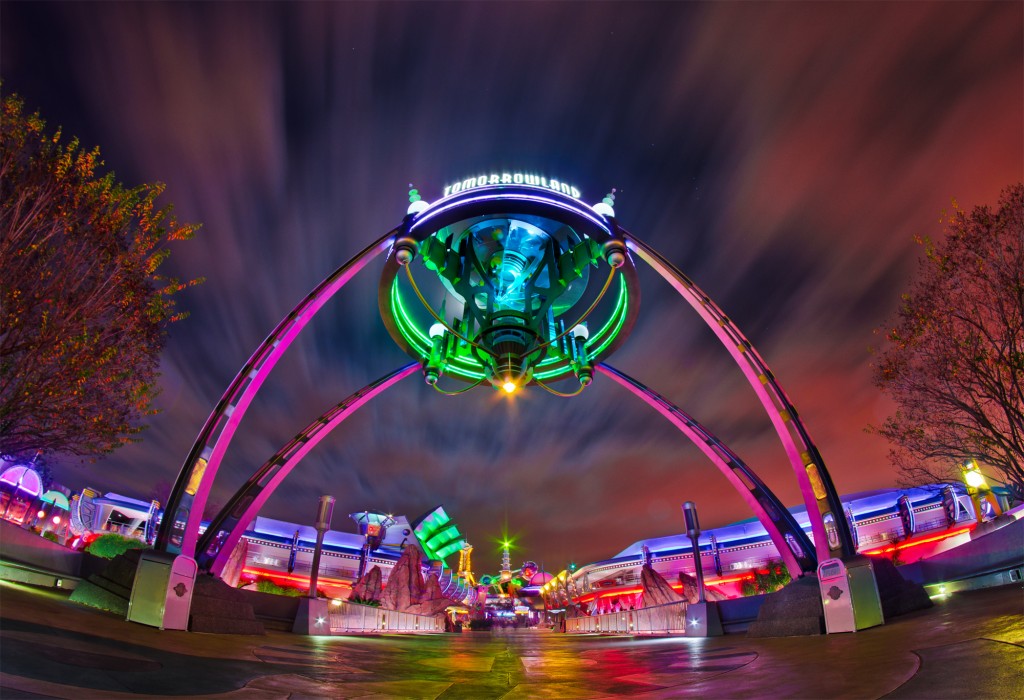
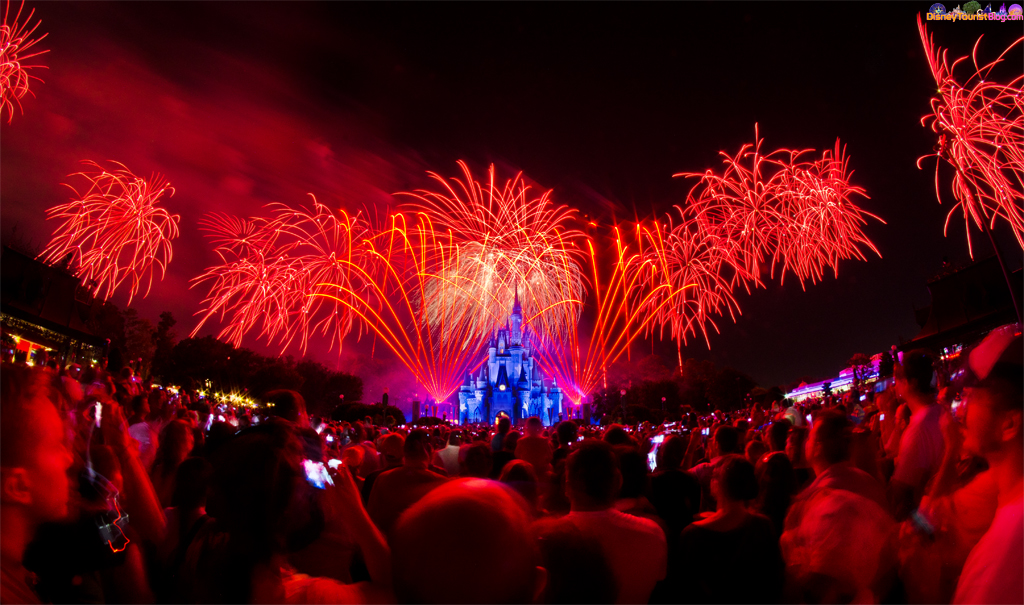
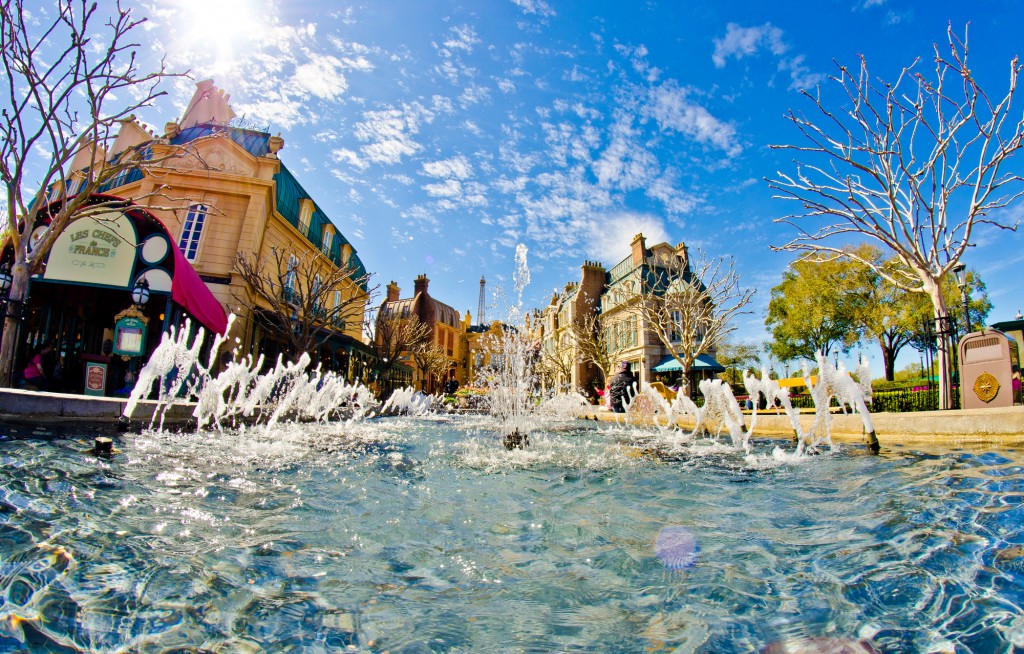
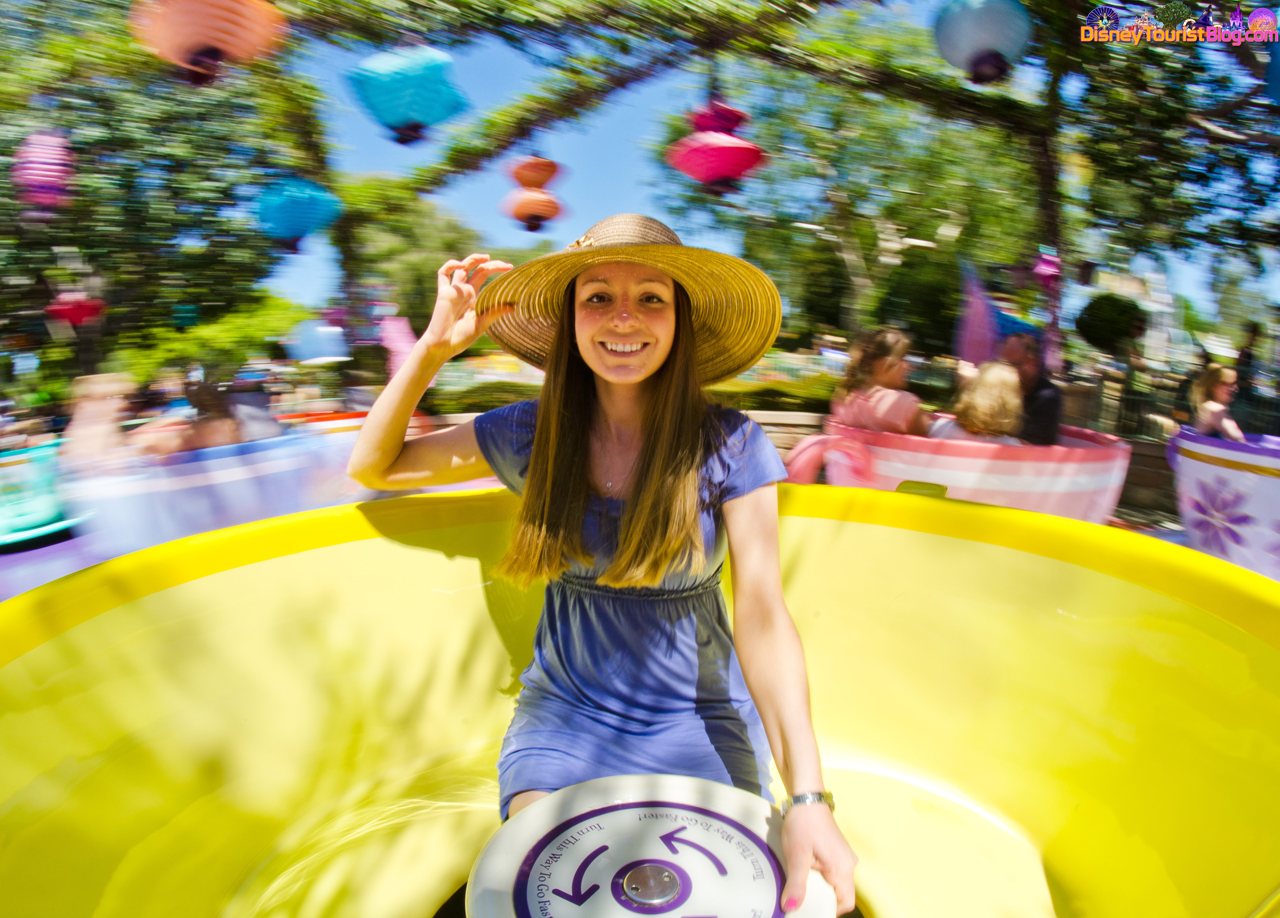
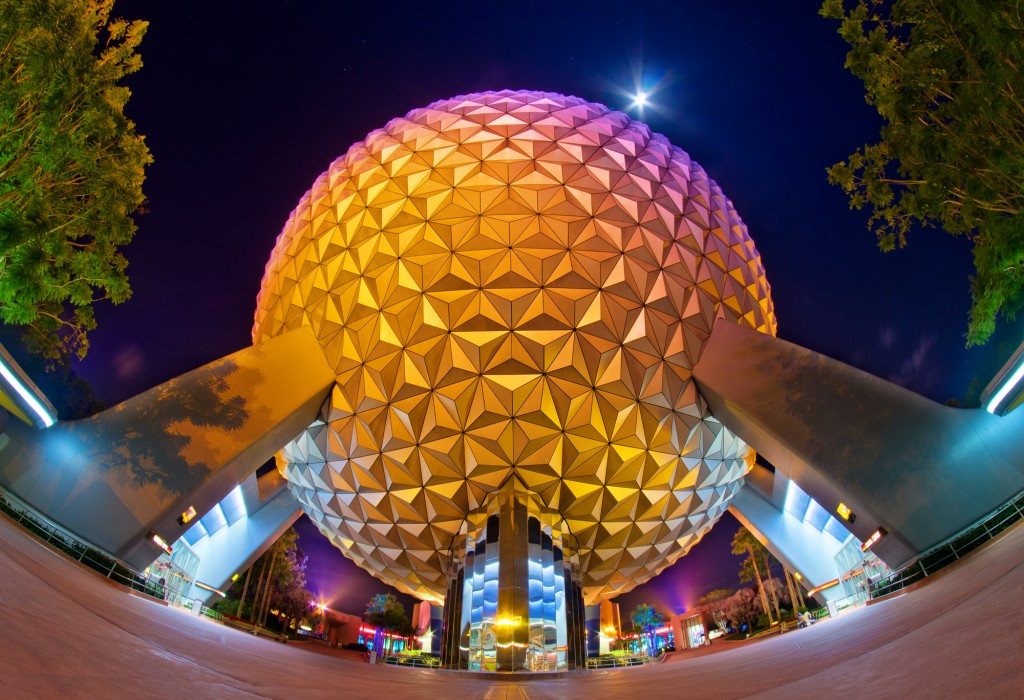
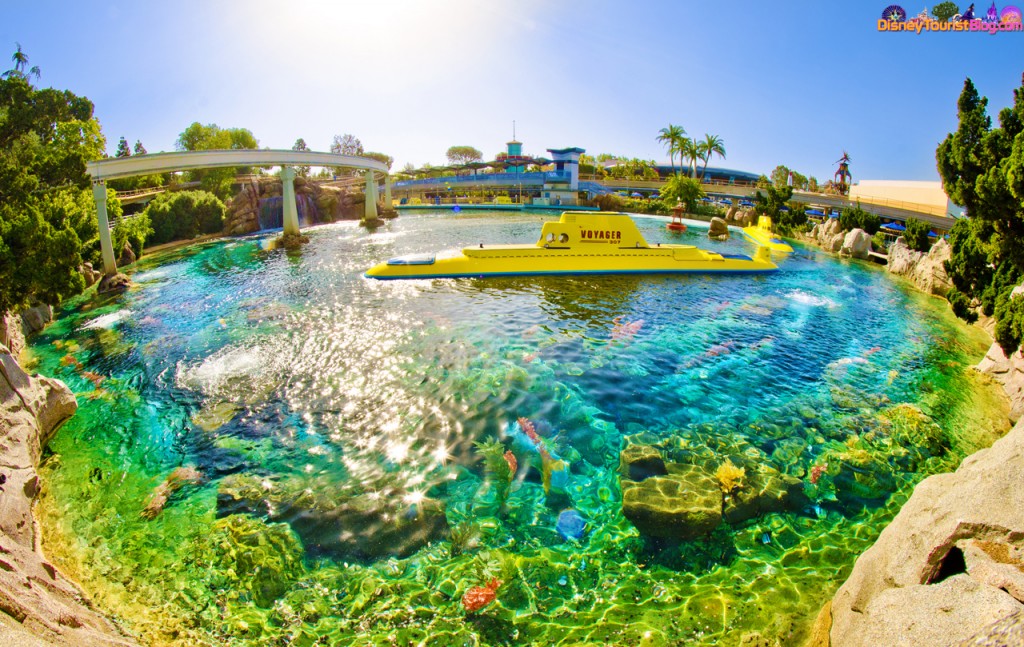
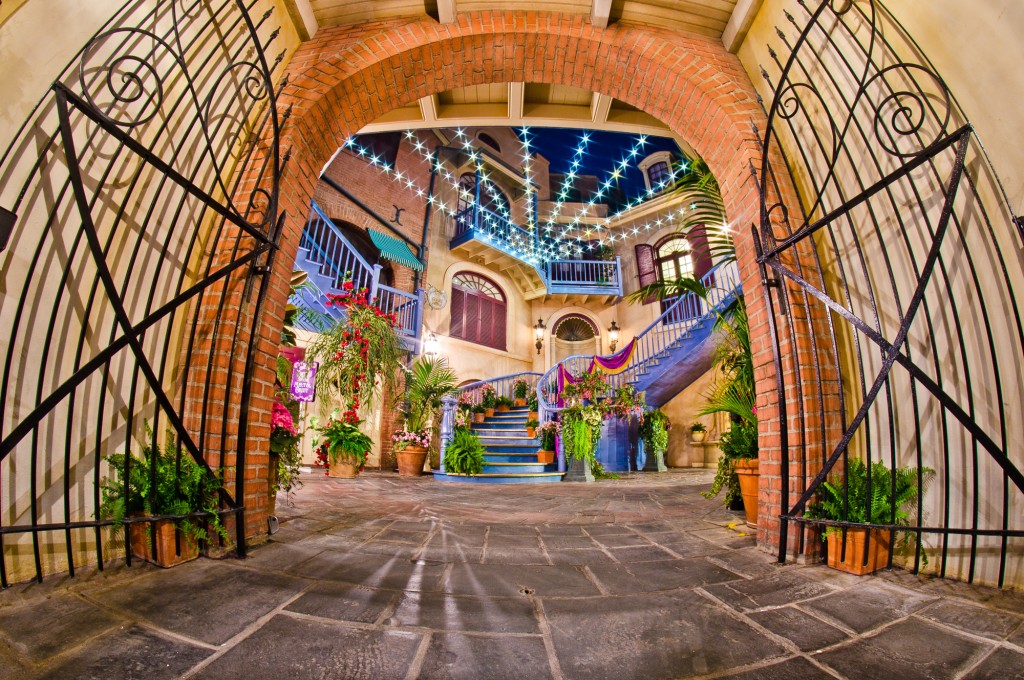

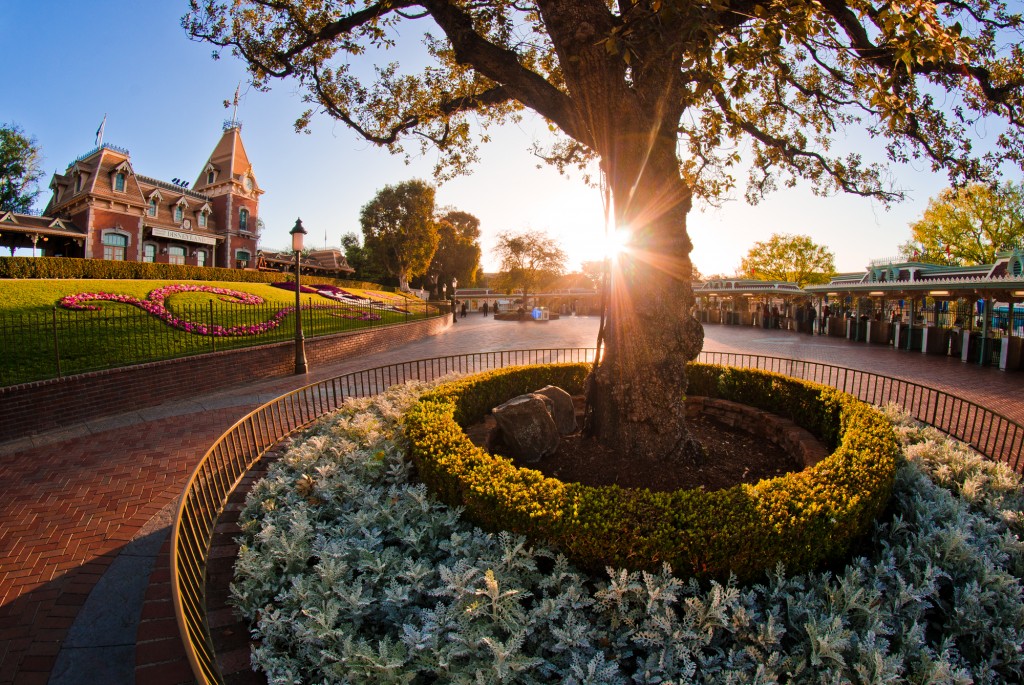
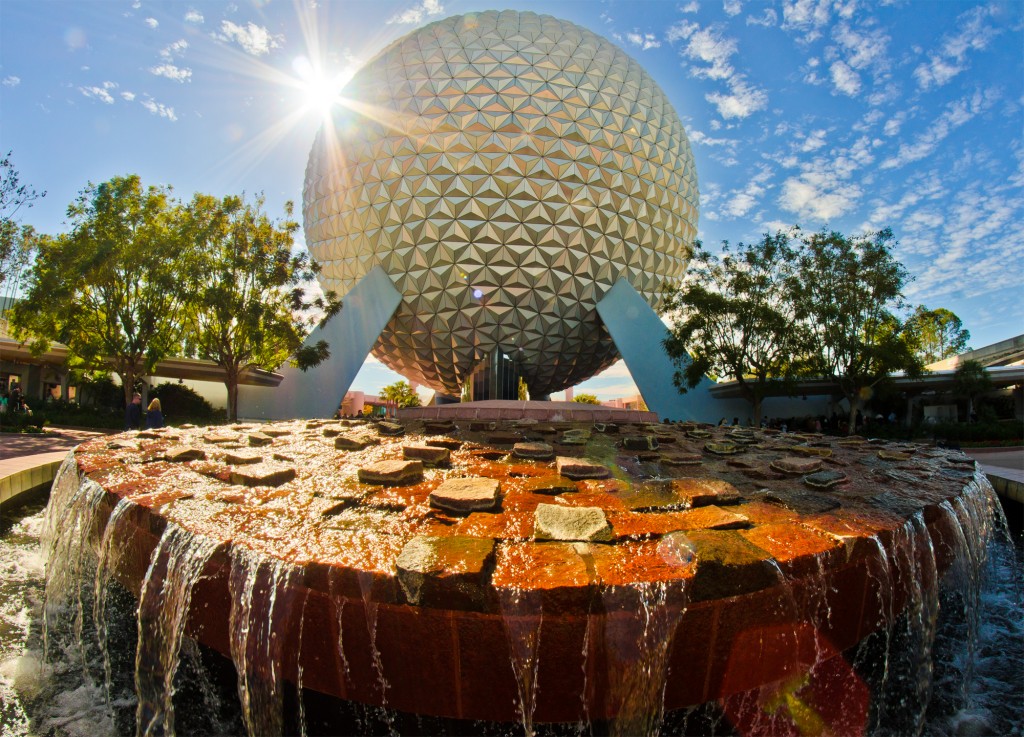
Hi Tom,
Firs of all, great shoots! Could you tell me what (if) used any particular post processing ( aka presets, software filters)?
Thanks!
Remus
love your photos and blog! I own a D5100 with kit lens and 55-200 lens, and really want to get something new for our upcoming disney cruise. Trying to decide between this fisheye lens, or the Nikkor 35mm f/1.8G – would love to get both, but it’s not in the budget right now. how do I decide? they both would be good for a vacation, I would think…any thoughts? I will likely get both somewhere down the line….
Fisheye lenses are a lot of fun, but the “look” can get old fast. It all depends upon how much you enjoy the fisheye look. If you’re a big fan, go for it! If not, the 35mm f/1.8 is a great lens for shallow depth of field photos.
I just picked up this lens for my Canon T2i. One quick question. I have read many reports of the focus being off and people haveing to recalibrate their lens. Did you have to do this as well? Mine seems to be fine but I might not be able to notice the difference in the focus. Any comments about this phenomenom.
Do you know if anyone has had any experience with the Rokinon HD8M-C 8mm (especially for Canon esp. 7D)? Your reviews have been helpful on several purchases. I can’t imaging what this could do in the new Fantasyland Expansionm.
Hi! I just wanted to say that because of this review, I bought the lens. Sorry, I didn’t use your affiliate links because I got a better deal on eBay. Otherwise I would’ve.
Anyway, this is the BEST LENS EVER! I wouldn’t never known about it if it weren’t for this review. I am a Nikon lens SNOB and would’ve never considered owning a non-Nikkor lens, but your review sold me.
I just came back from vacation and I shot my ENTIRE vacation in fisheye. It NEVER gets old, but if you use it that much, you can start feeling queasy!
I’m not even interested in Disney (found your blog by accident) but I think your photography is beautiful and I enjoy your reviews, so I have it bookmarked.
Seriously considering one of these, it’s just so crystal clear and gives a beautiful result as far as your images go!
I am using D5100 with 8mm fisheye Samyang. After setting to f22 and infinite, my camera prompt me something like
“Lock lens aperture ring, max aperture”
Please advise.
I’m having the same issue and I bought the chipped version… did you solve your problem?
Hi… I just solved my problem…. If you have the Nikon AE (chipped version) just set the aperture ring to f/22 before turning on the camera and the just change the aperture just like you were doing it on any other lens 🙂 … let me know if you it works for you
Thanks so much for this. I had looked at the lens before but assumed it was a piece of junk. I have reconsidered and added it to my future purchase list.
Which version do you recommend for the D7000. Will getting the chipped A8EM-N version help any or will the auto aperture and exposure not be a factor since the D7000 will work fine with the F8EM-N?
This information is fantastic and you have answered a lot of my questions without me having to ask, thank you 🙂
I also have this lens and absolutely love it. I’m with you and feel that if this lens is used right the fisheye isn’t a gimmick what so ever. I use it all the time and many people don’t realize its a fisheye I’m using. Great Photos and article!
Totally agree. It can be a great regular use lens–not just a lens for gimmicky effect!
I picked up one based on your reviews and am very excited to start testing it out!
Just ordered mine and cant wait to start shooting with it : )
I bought this lens and love it. Super fun to shoot video with it too! However, I have a Canon 5D Mk II and because it is a full frame camera I had to do surgery on it to remove the permanent lens hood because it will show up in the photos. Not a difficult job if you are handy with a Dremel; you can find DIY articles on the web on how to do it.
I’ve seen a couple DIY tutorials for that. I don’t know if I’d trust myself to do it, though. How do you like it on the full frame camera?
I see you made a slight change in adding the information about the “chipped” lens. I am glad I came back to catch that. I have a D5100, and was a little let down to hear that the lens did not auto-meter. With this new info I think I will be buying this lens from the provided link. You take wonderful photographs Tom. I appreciate your skill and knowledge.
Good catch! Someone pointed this out to me, so I made the change. Sounds like it’ll make a great lens with the D5100 now that there’s a chipped version!!!
Ok, I now have my lens and am wondering what kind of “appropriate distortion-correcting software” you are using? I see in Adobe Camera Raw there is a lens correction tab. Are you using a certain setting in Camera Raw? Your help is appreciated.
I use Photoshop manually, but I hear DeFish works well.
Thanks for the review. I’ve been very interested in wide angle shooting (mainly from looking at your great shots), and my buddy let me borrow his Sigma 10-20mm during my last trip to WDW. I really like it, but I’m interested in a fisheye lens as well. This review helps.
Question: Do you use a tripod for all your shots?
I use a tripod for the majority of nighttime photos, but never for daytime photos (unless I’m using a ND filter).
Nice sample shots with that lens! I just got one to use in Hawaii!
I have been getting some great results so far and plan on also doing some time lapse JPG sequences!
I was wondering what filters you are able to put on this lens – not sure if the big square ones will have any way to mount – have not tried yet.
I have a feeling I may have to fabricate some kind of mount. I was looking at a 77mm polarized filter and the square filter kits.
Any tip would be appreciated. – Thanks!
I wouldn’t use filters on a fisheye lens. I don’t really see the benefit. A polarizing filter is not effective on wide angle lenses due to their coverage–it’d be even worse on a fisheye.
Great review & a great lens!
Great article! I bought your Tokina 10-17mm on eBay last year and I love love love it- I definitely fall into your category where the fisheye will never get old for me. I went to WDW last May and brought my 10-17mm and my Tamron 28-300 (mainly because I wanted to travel light)- well let me tell you- i could have travelled lighter and only taken the fisheye- it was on my camera 99% of the time!
I’ll have to look into the 8mm now too- I just love how you can get in all the elements of a scene at once!
The Tokina 10-17mm is definitely a fun lens, but after having the Rokinon for a couple years now, I have to say, I love it so much more! Mostly because of the price-difference! Glad to hear that you’re still enjoying that Tokina fisheye. It served me well for a few trips!!!
You said:
> If you see an “8mm f/3.5 fisheye lens” somewhere, regardless of the brand, this is the lens.
Yeah, unless it’s the Peleng 8mm f/3.5, which is an entirely different design and predates the Rokinon by about a decade.
Thanks, fixed.
Thanks for the great open and honest review. Seriously considering getting this one over a Canon brand now. Especially if the quality holds up as good as you say. Would rather not break the bank over a ‘toy’ lens.
I had one of these then I sold it, I regreted it and I just bought it back, awesome lens considering the price
hi tony,i just saw you like fisheye lens,i have this kind of products for you .if you have any requirement,contact with me skype:wuhanhly35